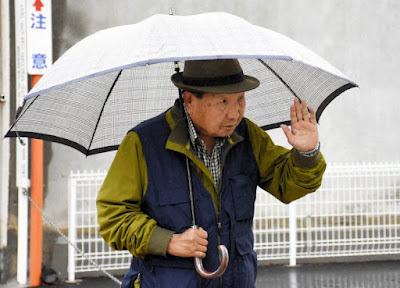TOKYO — Japan has had a complicated relationship with tattoos over its history. Unlike in most Western countries where it’s simply considered a form of expression or drunkenly poor decisions, currently body art is generally looked down upon in Japanese society despite having some of the best artists and techniques in the world.
And yet most people in Japan are unaware that not too long ago, for a time during the Edo Period (1603-1868) the go-to form of punishment for non-violent crimes was a tattoo right in the center of your forehead.
Called a “tattoo penalty” (irezumi kei) it was handed down to perpetrators of relatively minor crimes like theft and burglary. It was classified as a type of “corporal punishment” along with caning.
Oftentimes the penalty was accompanied by expulsion from the area. It served as a deterrent both due to the pain of getting your face tattooed and being publicly displayed as a criminal for the rest of your life.
In most regions, if a tattooed person repeat-offends then the penalty is death.
Source: Japan Today, March 18, 2013




.jpg)





